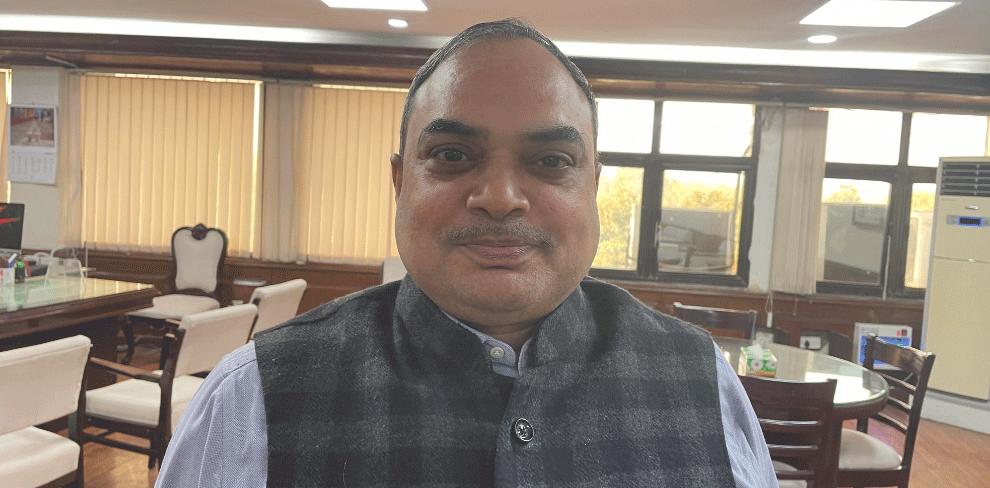New Delhi: Paddy stubble burning is a matter of grave concern due to its impact on air quality in NCR and the Commission has been deliberating upon the issue in consultation with the concerned stakeholders including with the State Governments of Punjab, Haryana, Uttar Pradesh and Rajasthan, GNCTD, State Pollution Control Boards of NCR States, Punjab and Delhi Pollution Control Committee (DPCC) and knowledge institutions.
Based on the field experience and learnings during 2021,2022 and 2023, the action plans for Punjab, Haryana and U.P. (NCR Districts) focusing prevention and control of paddy stubble burning during the paddy harvest season were updated for 2024 which targeted elimination of this unsustainable agricultural practice.
However, a total of 267 and 187 paddy residue burning events were reported during the period from 15th September – 9th October, 2024, from the States of Punjab and Haryana respectively.
Taking into account the current situation and with a view to ensure effective implementation of the action plans at the field level, the CAQM in exercise of the powers vested upon it under section 14 of the CAQM Act 2021 has authorized the Deputy Commissioners/ District Collectors/ District Magistrates in the States of Punjab, Haryana, NCR areas of Rajasthan and U.P. and in the NCT of Delhi to file a complaint/ prosecution before jurisdictional judicial magistrate, in case of inaction in respect of officials, including nodal officers and supervisory officers at various levels and Station House Officers, responsible for effective enforcement towards ensuring elimination of paddy stubble burning in their respective jurisdiction.
CAQM has also directed the respective District administrations and the State Governments to shoulder higher responsibility and maintain constant and strict vigil to control any further paddy stubble burning in the harvesting season.
Further, the CAQM has deputed 26 Central teams to the hotspot districts in Punjab and Haryana to maintain close liaison with the district level authorities in their endeavours to optimize the utilisation of all available resources/ means for various in situ/ ex situ management applications, besides setting up a “Paddy Stubble Management Cell” at Chandigarh, for coordinated and continuous monitoring of the field level actions.


